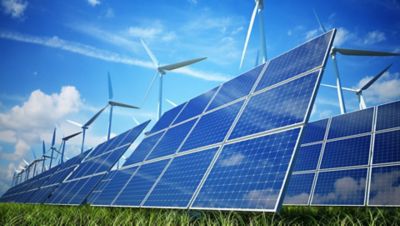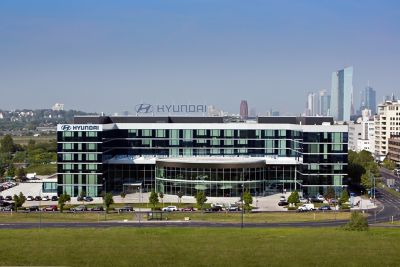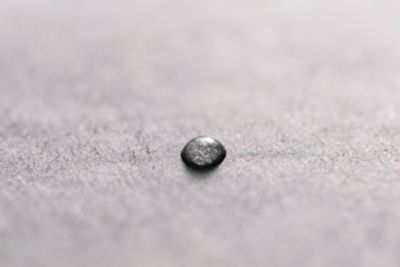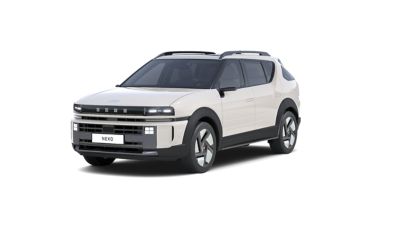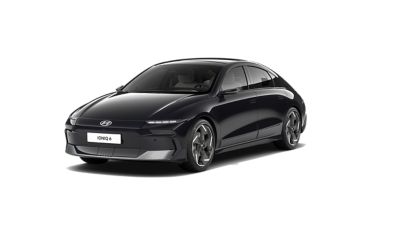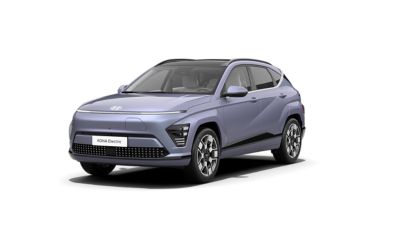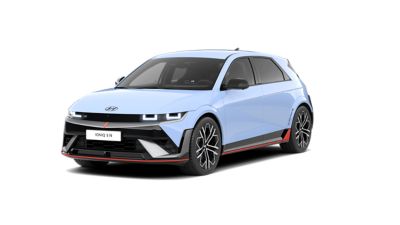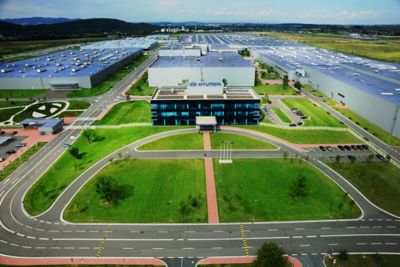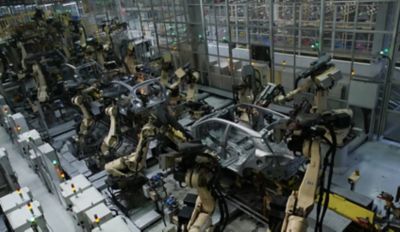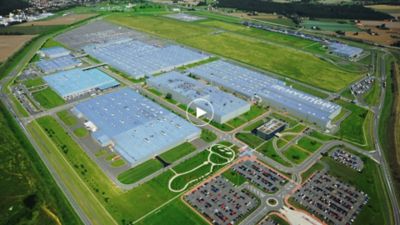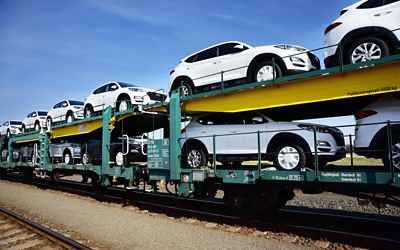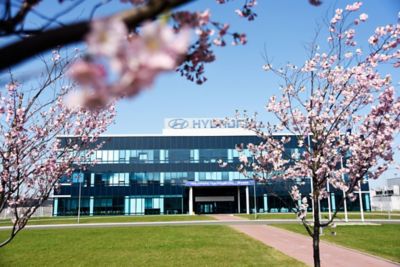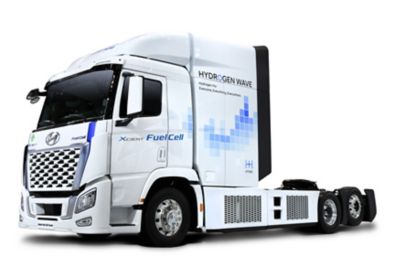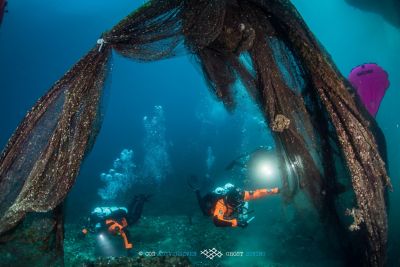Our commitment to sustainability.
At Hyundai, we are committed to sustainability, continually striving to reduce our carbon footprint by producing sustainable vehicles, leading the global industry shift towards hydrogen-powered cars and operating our business sites in an eco-friendly manner.

Climate Change
Fighting climate change at our business sites.
Hyundai is committed to reducing greenhouse gas (GHG) emissions at our business sites and adopting innovative technologies to counter climate change. We are investing in renewable energy facilities, such as photovoltaic power generation facilities while developing and applying new technologies that can reduce energy consumption.
Strengthening GHG emissions management.
To counter climate change, we are continually reducing greenhouse gas (GHG) emissions with innovative technologies in our business sites and vehicles. We are striving to calculate and reduce emissions inside and out of our corporate boundaries. Increasing development and sales of eco-friendly vehicles, EVs, FCEVs, and electrified powertrains are contributing to reduced emissions in the usage phase, compared to combustion engines.
Sustainability
Focus on sustainable manufacturing processes.
At Hyundai, we work to reduce greenhouse gas (GHG) emissions at all our business sites, focusing on shaping sustainable manufacturing processes and making the world a better place for future generations.

Improving year by year, site by site.
Driven by our commitment to sustainable management, we are investing in renewable energy facilities, such as photovoltaic power generation facilities while developing and applying new technologies that can reduce energy consumption. Every department and site are committed to sustainability, and together, we are improving year by year and site by site.
European plants – less emissions and more sustainability.
To better serve the European market, Hyundai opened production facilities in Turkey in 1997 and the Czech Republic in 2008. As in all our plants world-wide, we are constantly striving to reduce energy consumption and greenhouse gas (GHG) emissions. Here’s a quick look at some of the measures being implemented at both plants.
Discover more of Hyundai's sustainability efforts.
Creating a sustainable supply chain.
Hyundai is building a sustainable supply chain that encompasses our entire value chain. To support this goal, we work closely with our suppliers and partners to establish a safe working environment and a corporate culture that is managed both socially and environmentally responsibly.

